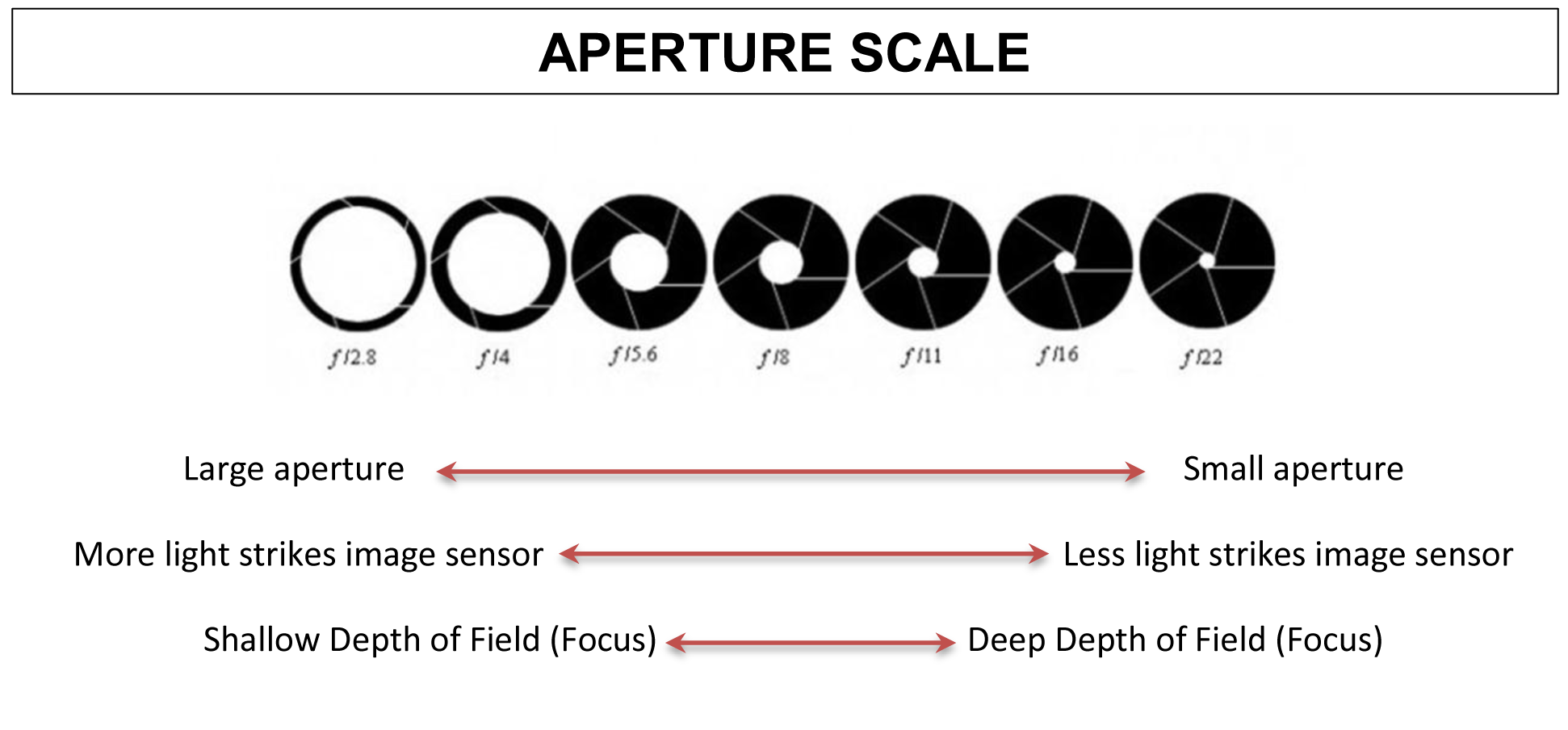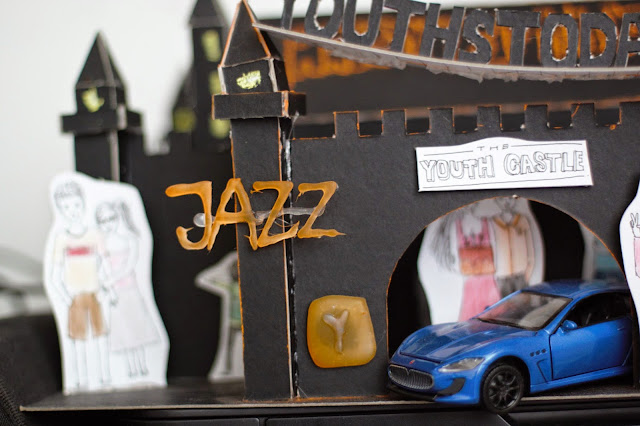My name is Michelle Loh Ying Sze.
Having my Media and Communication (MENTION) degree in The National University of Malaysia (UKM).
Currently, I'm working and studying at the same time.
Time is a limited asset in my life. Having 24 hours like everybody else makes my life more compact and solid.
Time is a limited asset in my life. Having 24 hours like everybody else makes my life more compact and solid.
I love food and I can eat 3 person's serving.
I'm not fat and short. I am in the correct size - the cute size.
I'm not fat and short. I am in the correct size - the cute size.
I believe in something very crucial - LOVE.
Love gets me going.
From my family to my future life partner.
Love gets me going.
From my family to my future life partner.
I believe that imagination is stronger than knowledge. That myth is more potent than history. That dreams are more powerful than facts. That hope always triumphs over experience. That laughter is the only cure for grief. And I believe that love is stronger than death.
-Robert Fulghum-




















































